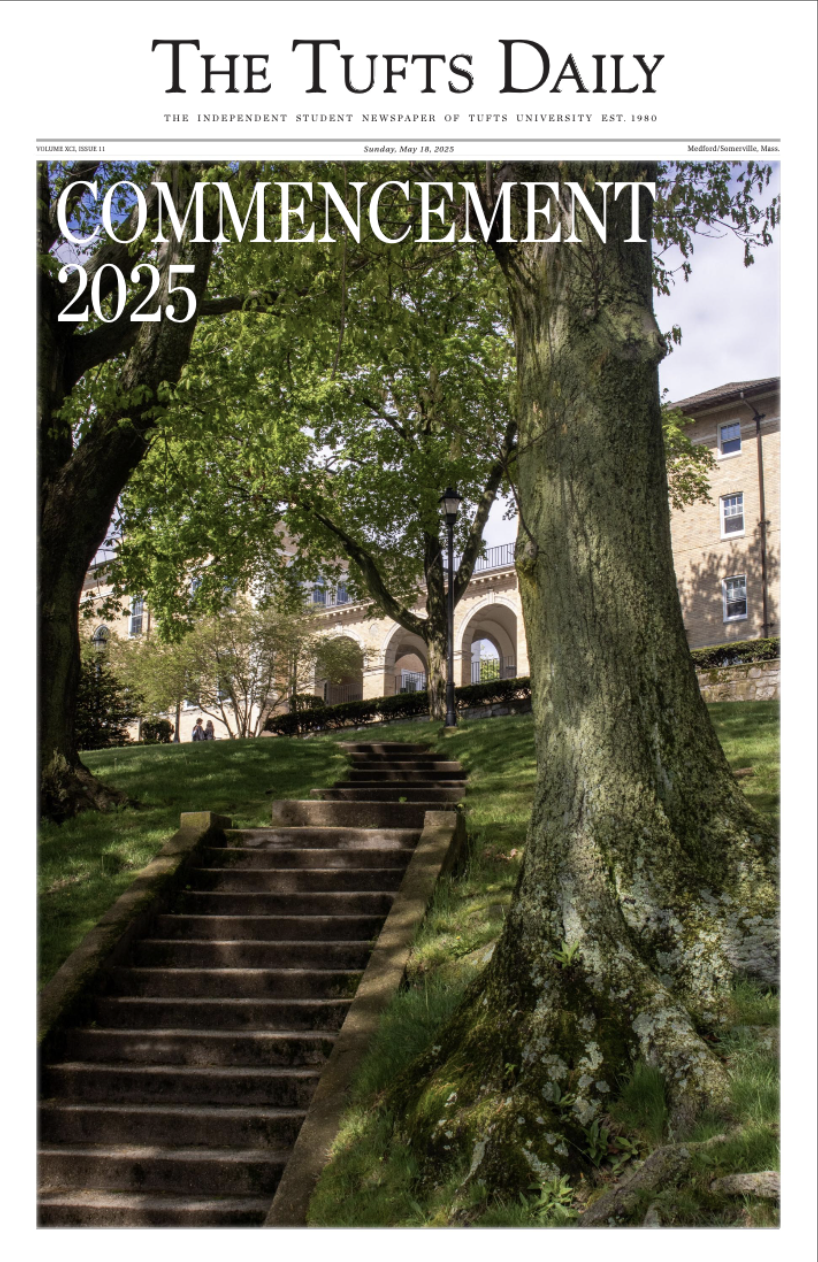The NHL's League Competition Committee has decided to take a break from devising strategies to increase scoring and is instead pondering ways to reduce injuries. With a recent rash of players going into the end boards (an epidemic of high ankle sprains, Mike Van Ryn and Patrice Bergeron's concussions, and most recently, Andy McDonald's broken leg), the NHL is attempting to reduce contact in the corners.
Flash back to the lockout a few years ago. In an effort to increase scoring, the goaltender's trapezoid was created. This trapezoid, extending from the goal line behind the goal to the end boards, designated the area in which goalies could play the puck. If the goaltender played the puck anywhere behind the goal line outside this zone (which in practicality means the corners), he would be assessed a minor penalty.
The reasoning behind this change was that restricting the goaltender's mobility would allow the other team's forwards to dump the puck into the offensive zone and chase it more effectively. If the offense gets the puck back on the dump-in, it could create more chances.
Before the trapezoid, excellent stick-handling goaltenders like Martin Brodeur and Marty Turco had a sizable advantage over their stone-handed brethren. When other teams attempted to dump the puck in, they would leave the crease, retrieve the puck and start their own offense on the attack with a crisp breakout pass, essentially allowing the goaltender to act as a third defenseman at times.
Since the establishment of the trapezoid, the goaltender's maneuverability has been reduced, meaning that forwards and defensemen go in hard to the corner in an effort to retrieve pucks outside the trapezoid. Going into the corner fast and hard is a recipe for getting banged-up at best and getting a season-ending injury at worst. In return for the increased injury risk, the amount of offense has not appreciably increased. In fact, teams with excellent stick-handling goaltenders have probably seen their offense decrease as a result.
The Dallas Stars used to be renowned for playing a neutral-zone trap that forced their opponents to dump the puck and chase, because they always attempted to have good stick-handling goaltenders. Ed Belfour, a very mobile goaltender, gave way to Marty Turco, who is one of the best stick-handlers of all time. Since Turco and Belfour were already deep in the Dallas zone, standing in the crease, they were easily able to intercept any dump-in that went behind the goal line. A quick breakout pass let the Stars' offense get on its way, made more dangerous because the opponent's forwards would be well up toward the Dallas zone and unable to backcheck easily.
Good stick-handlers are usually a lot more fun to watch; it's entertaining to see Turco try to skate with the puck. Butterfly goalies like Henrik Lundqvist and Carey Price make great saves and are probably more useful under the current rules, but they can be boring. Removing the trapezoid would increase the utility of less-traditional goaltenders by emphasizing another element of their skill set. It would reward good stick-handlers like Mike Smith and Turco and penalize awful stick-handlers like Cristobal Huet and Tim Thomas.
Letting goalies roam free would likely make everything a lot more exciting on dump-and-chases, and mistakes could be amplified. Think about it: Jose Theodore leaves his crease to play the puck, but flubs it completely in the traditional Theodore style. With an empty net and the puck loose, the odds of someone like Vincent Lecavalier burying it are high.
The possible entertainment value of watching goalies attempt to play the puck, in addition to the decreased injury risk, both offer reasonable arguments in favor of the elimination of the trapezoid. Goal- scoring would probably even out, since the trapezoid hasn't exactly been doing a lot to help hockey games achieve the high scores it was intended to stimulate.





